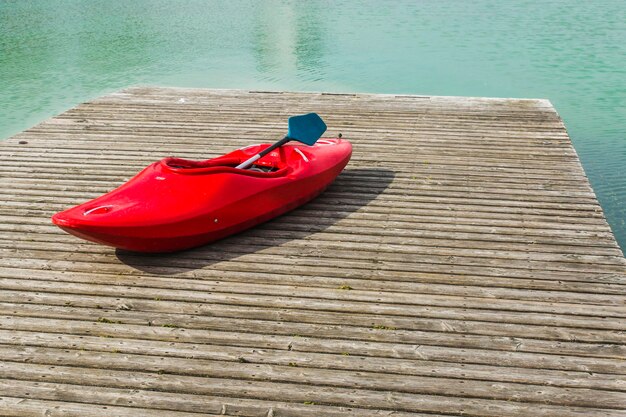Ready To Transport Your Kayak? Here's How to Secure It on Your Roof Rack!
For many outdoor enthusiasts, kayaking is a gateway to adventure, offering a unique perspective on the water. But getting your kayak to your favorite launch spot can be a challenge without the right setup. Here’s a comprehensive guide on how to attach your kayak to a roof rack safely and efficiently.
Choosing the Right Roof Rack
Before you can load up your kayak, having the correct roof rack system is crucial. Your options largely depend on your vehicle type and budget. Yakima and Thule racks are renowned for their durability and efficiency, frequently recommended for their kayak compatibility. Ensure the rack fits securely on your vehicle and is suitable for your kayak's weight and size.
Gathering Necessary Equipment
To protect both your kayak and vehicle, you’ll need more than just a roof rack. Consider investing in essentials such as:
- Foam Blocks or Pads: These help cushion the kayak and prevent scratches.
- Straps: Secure, adjustable straps are vital for holding the kayak tightly in place.
- Bow and Stern Lines: These are essential for additional stability, particularly at high speeds.
Steps to Attach Your Kayak
Prepare the Roof Rack
Set Up the Rack Properly: Make sure your roof rack is securely attached to your car. This often involves clamping or bolting the system onto your car's existing channels or gutters.
Install Pads or Foam Blocks: Position these on the rack to cradle the kayak and safeguard against any abrasive movement.
Position the Kayak
Lift with Care: To prevent injury or damage, seek assistance when lifting your kayak onto the roof. Remember, the cockpit should face upwards.
Align Correctly: Lay the kayak evenly on the pads or foam blocks. The center of the kayak should sit directly between the roof rack bars to distribute weight evenly.
Secure with Straps
Thread Straps: Run straps over the kayak and under the roof rack bars. Ensure these are flat against the kayak to avoid twisting.
Tighten Firmly: Secure the straps with buckles, tightening them to ensure the kayak doesn’t budge. Take care not to overtighten as this could damage your kayak.
Attach Bow and Stern Lines: Run a rope from the bow to the front bumper of your vehicle and do the same from the stern to the rear. This prevents side-to-side movement, stabilizing your setup.
Safety Checks
Before hitting the road, it’s crucial to perform a quick inspection. Check that all straps and lines are tight and that the kayak doesn't shift when pushed. Regularly check the setup during long journeys, especially after high speeds or rough terrain.
Transporting your kayak opens doors to a world of aquatic exploration, but it's crucial not to overlook other aspects of life that may need securing, especially related to financial wellbeing.
Explore Supportive Programs for Financial Peace of Mind:
- 🏠 Government Housing Assistance: Programs to aid in housing affordability.
- 💳 Debt Relief Options: Consider negotiating with creditors for better terms.
- 📚 Educational Grants: Funding opportunities available for personal growth and development.
- 💼 Job Training Programs: Enhance skills and improve job prospects.
- 💸 Credit Counseling Services: Experts to guide you in managing debt effectively.
Keeping your kayak secure is essential for a safe journey but remember, securing your financial future is equally important. Explore these opportunities to paddle through life with confidence and peace of mind.
